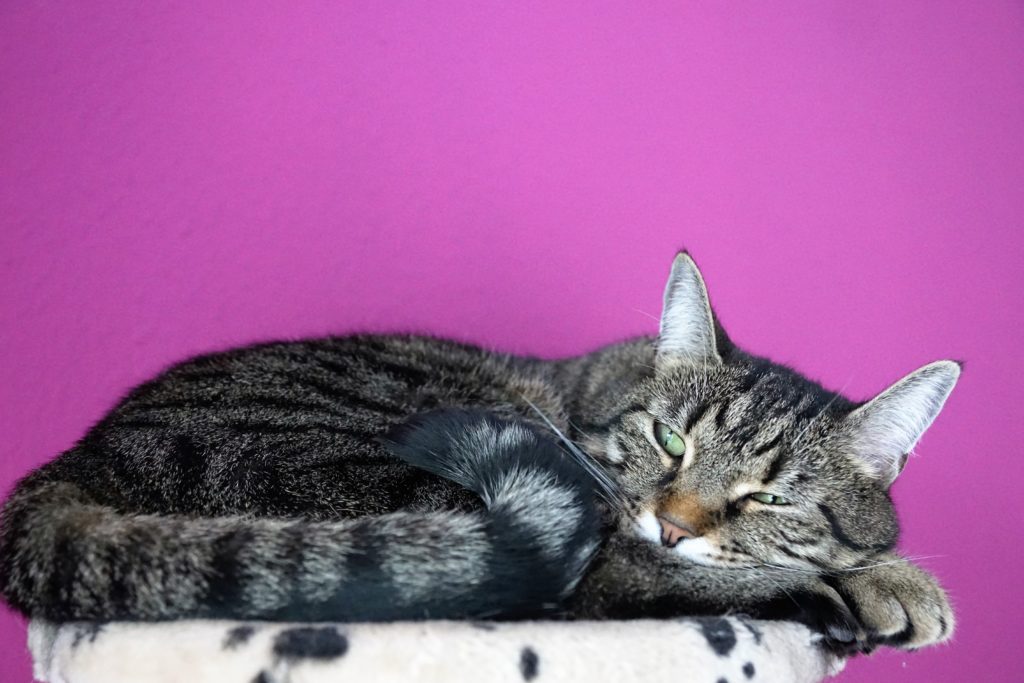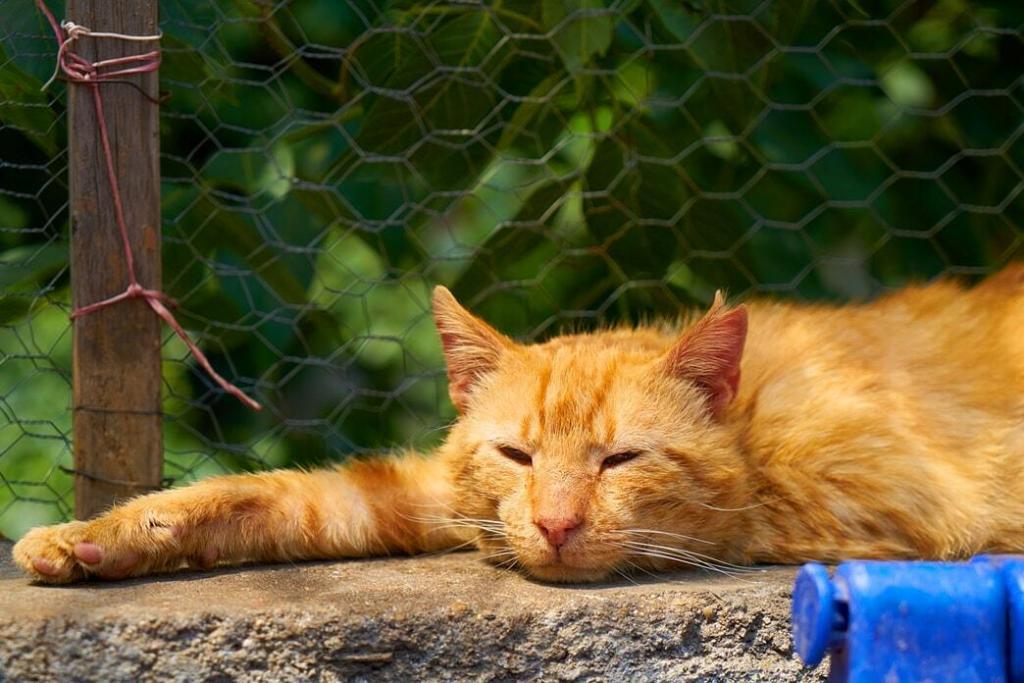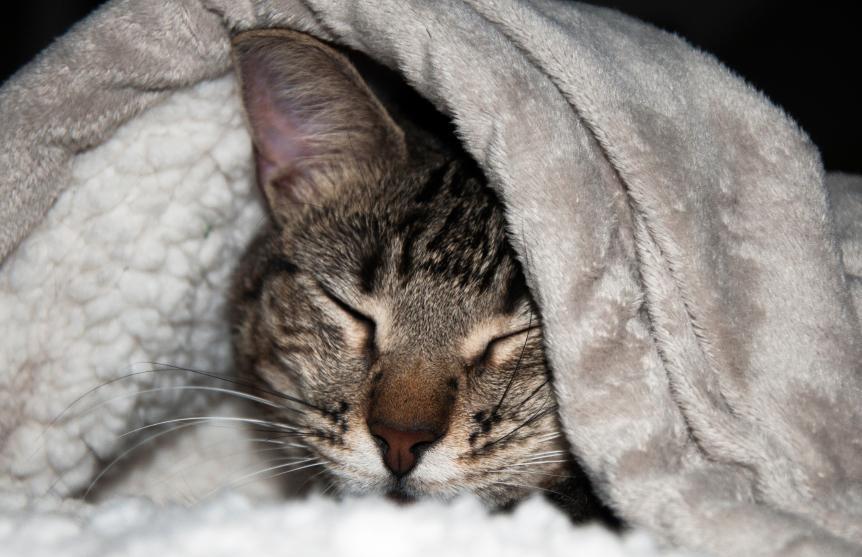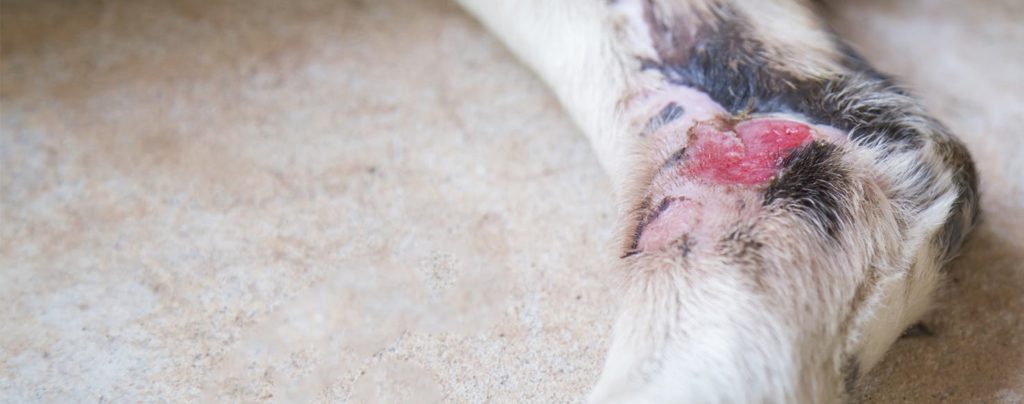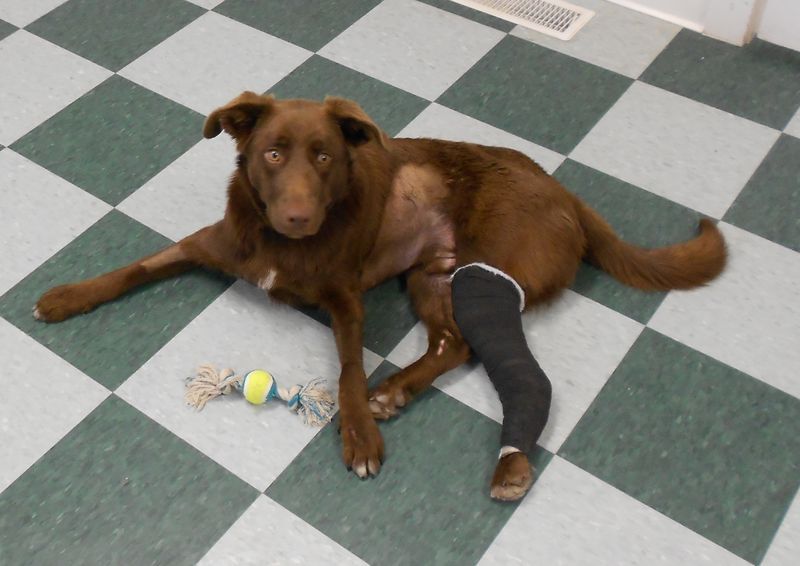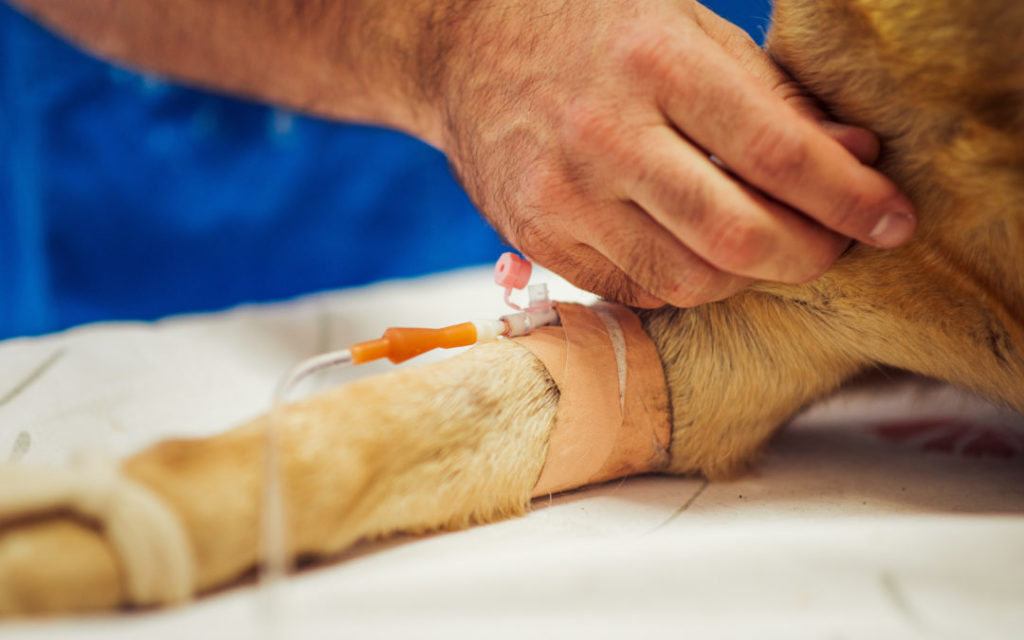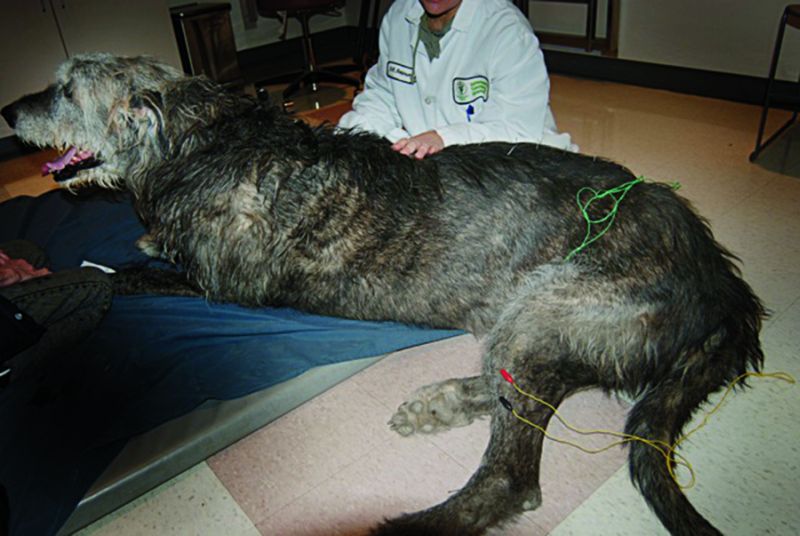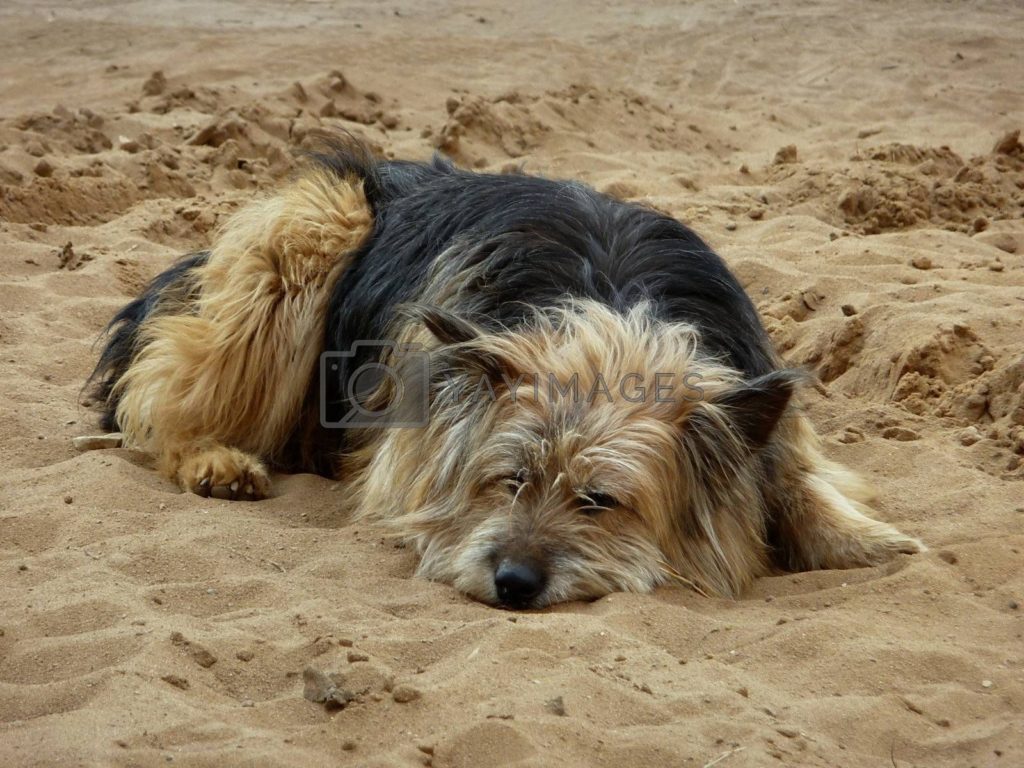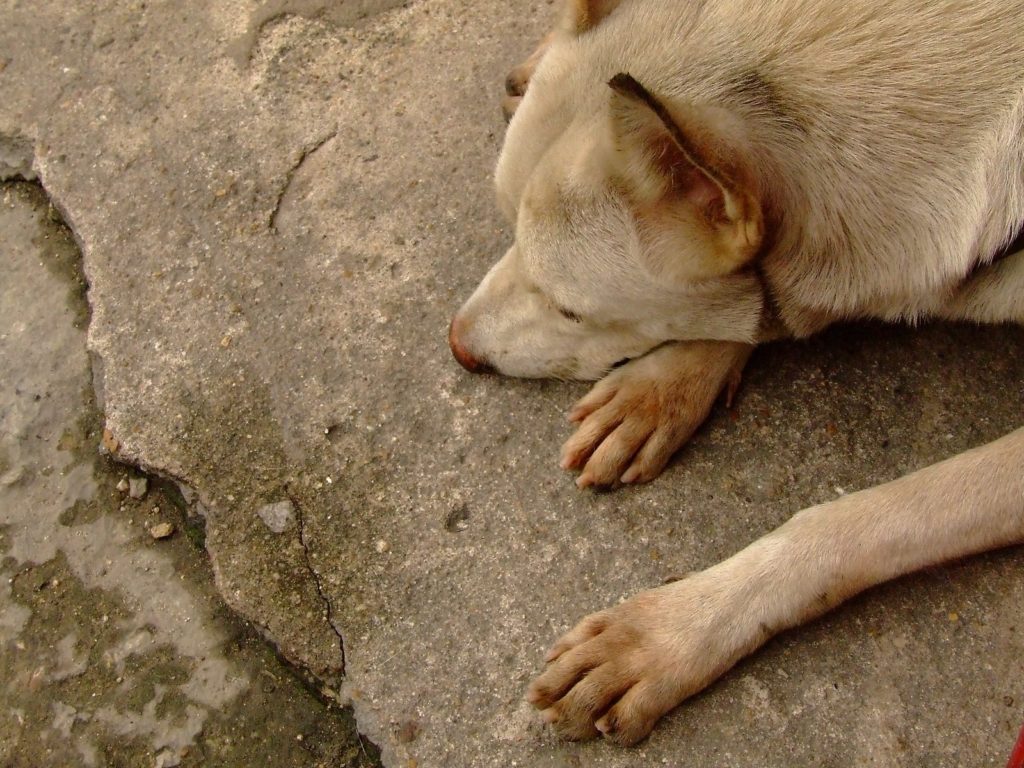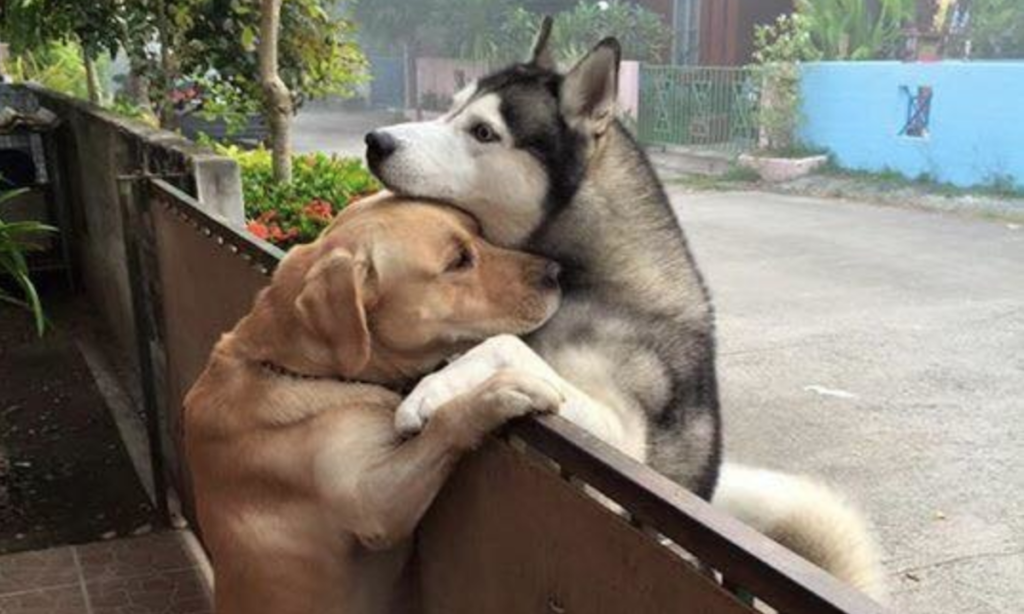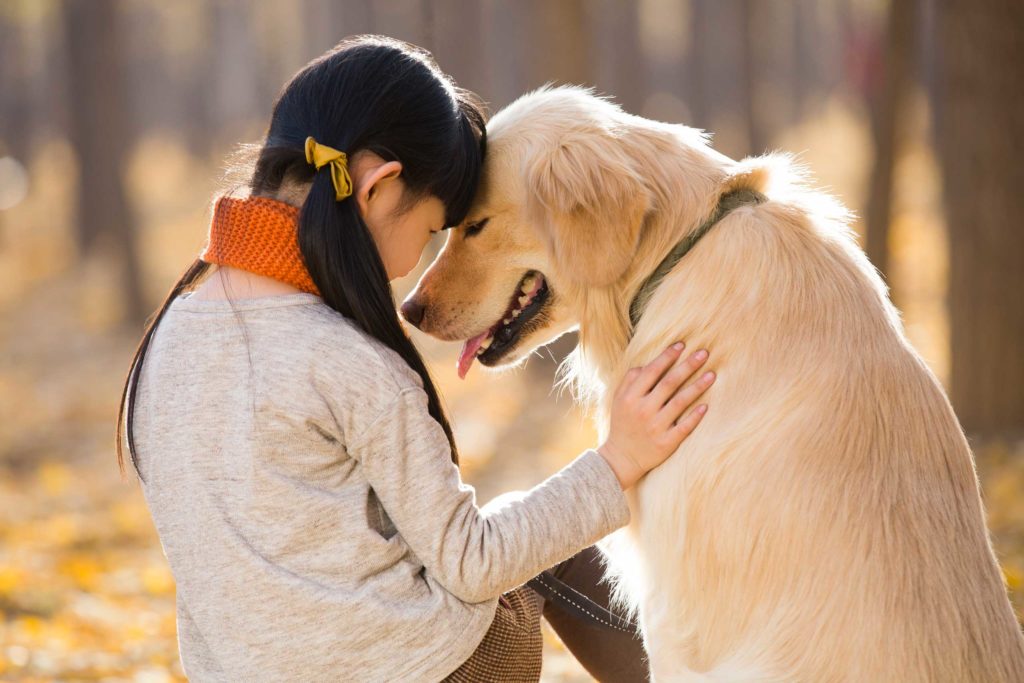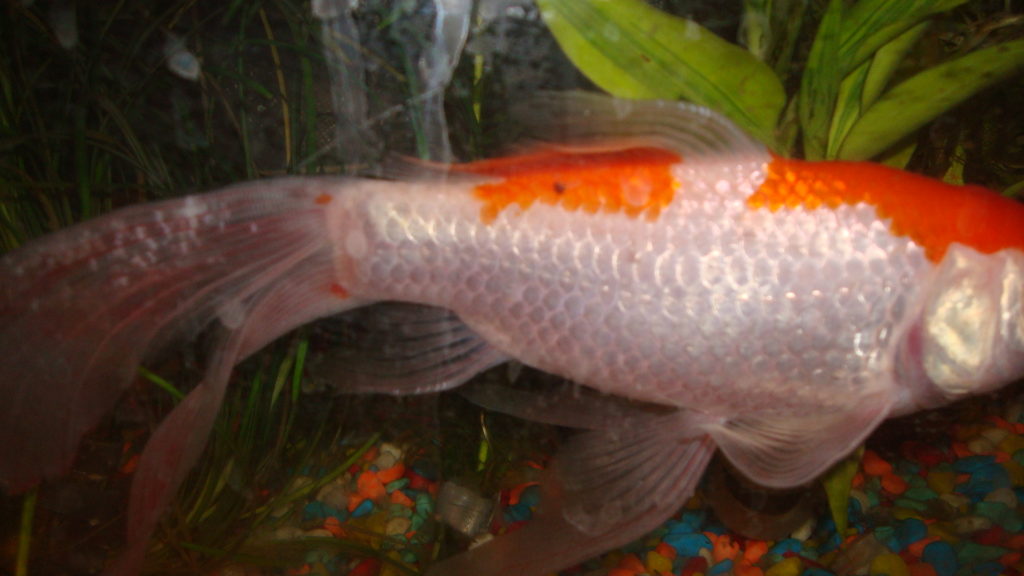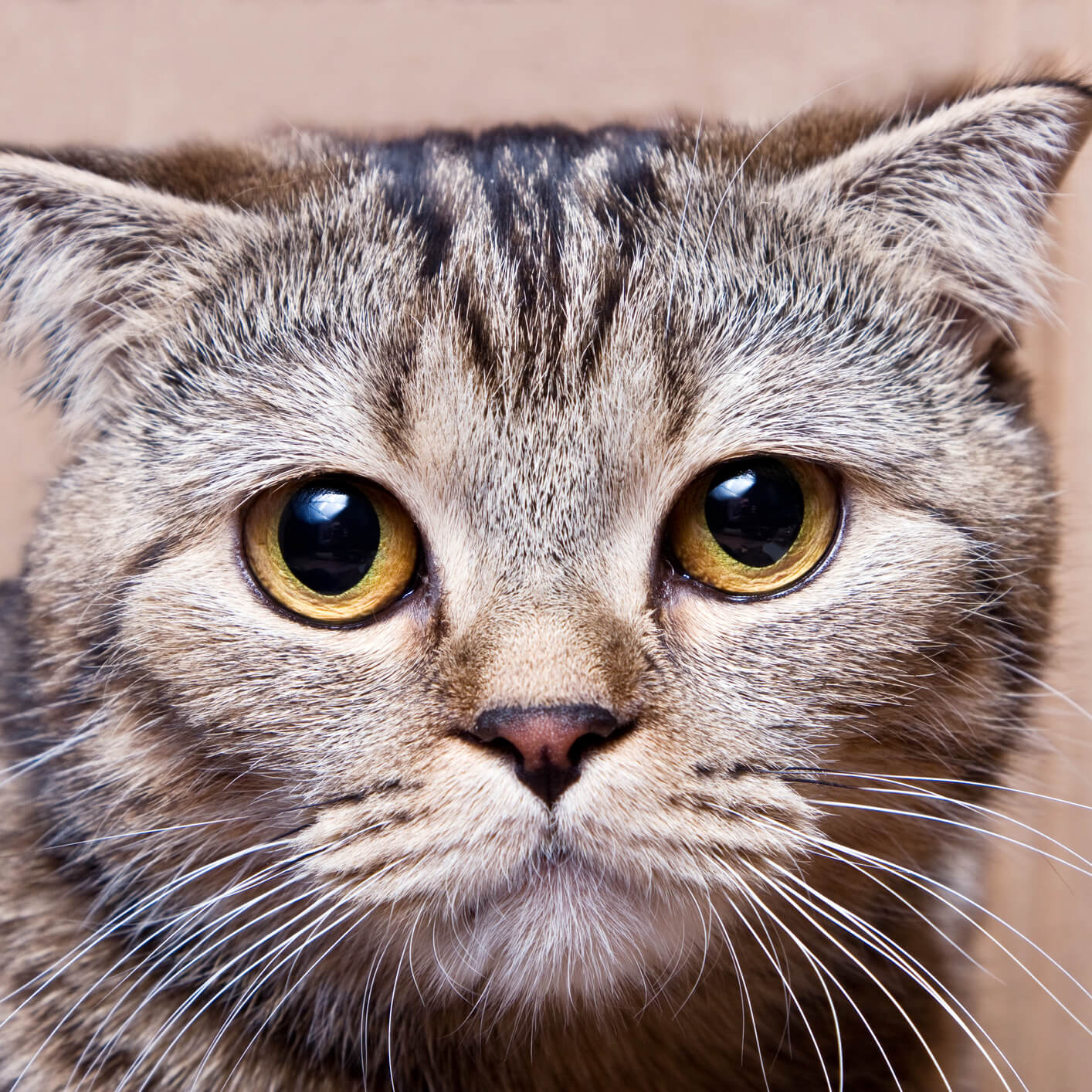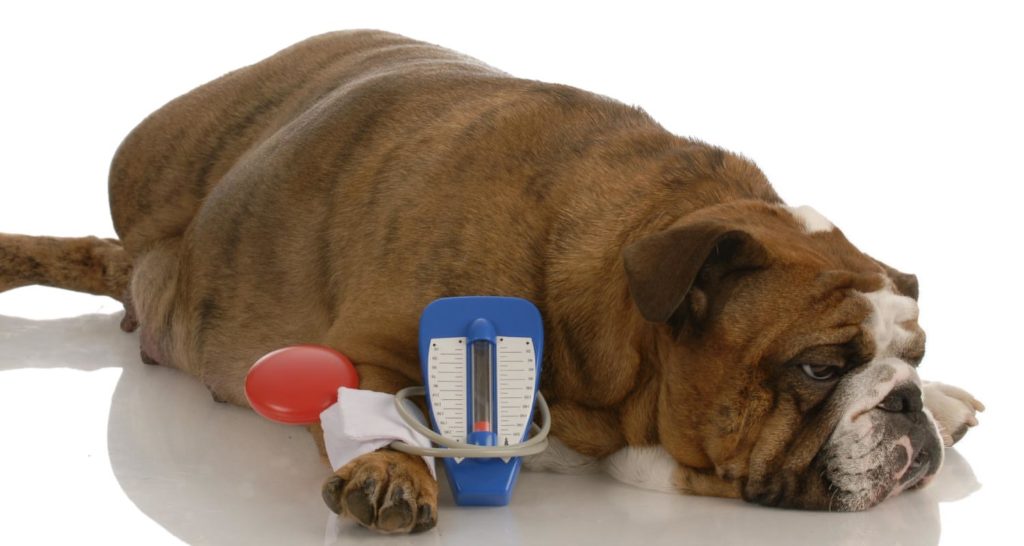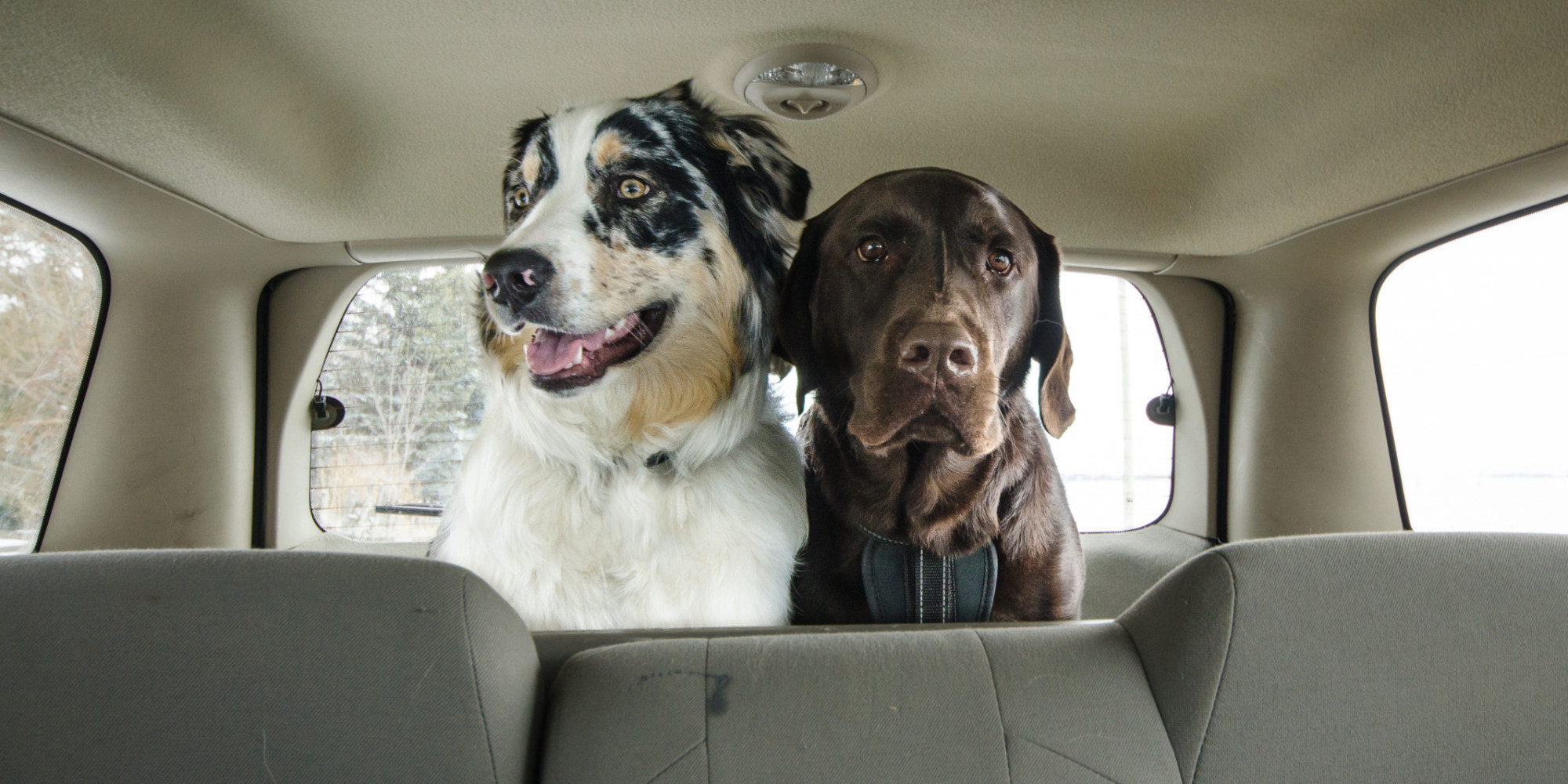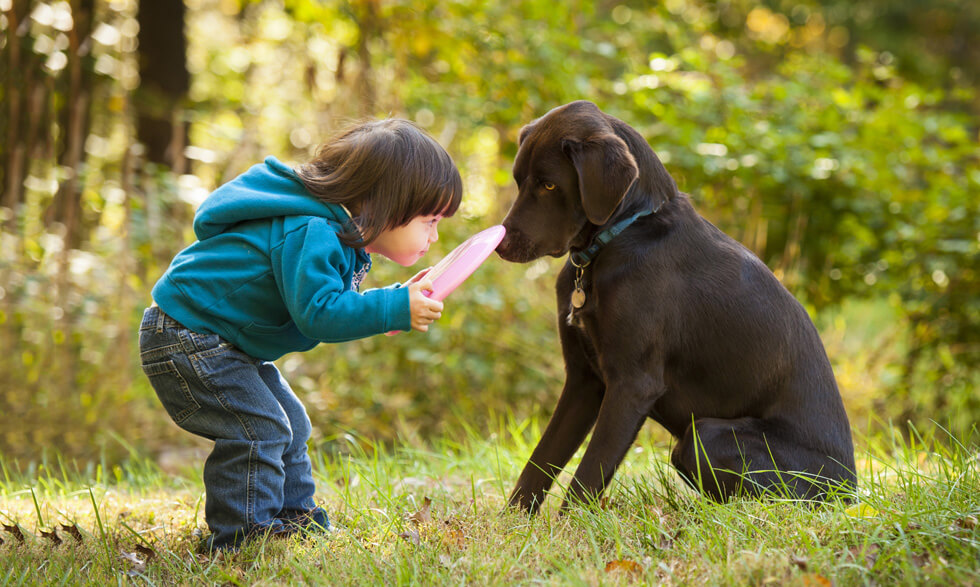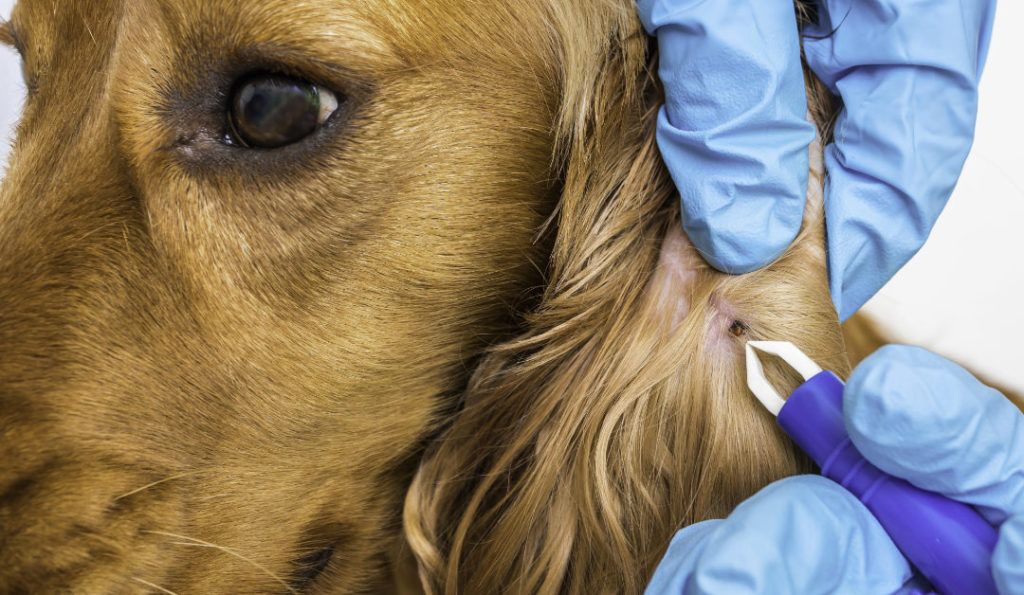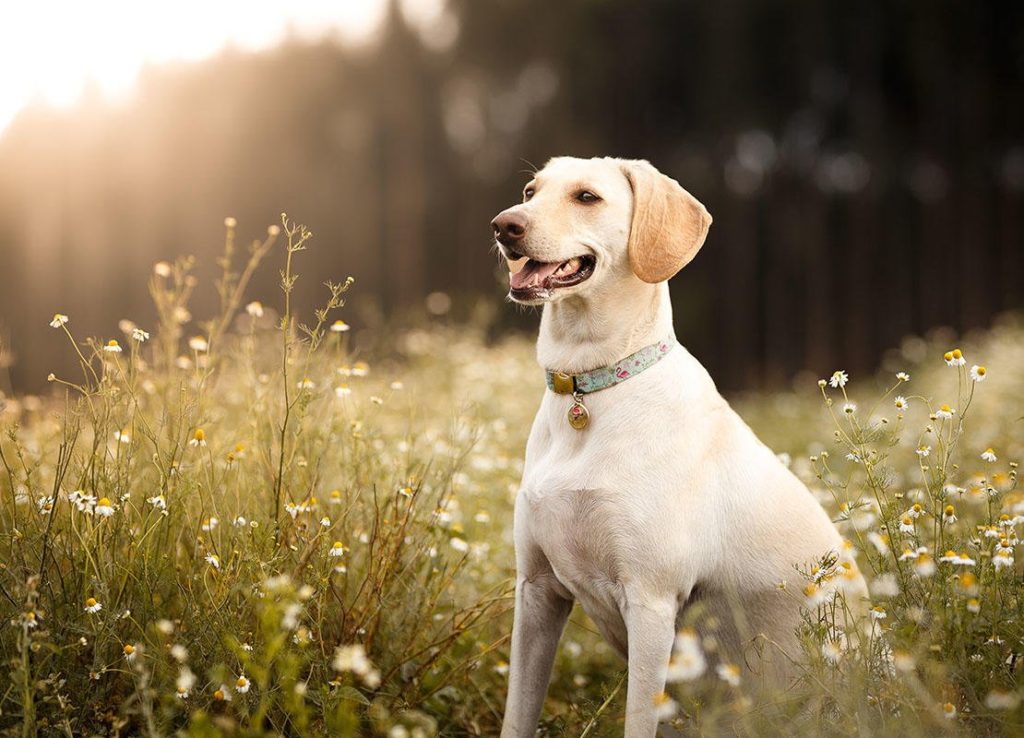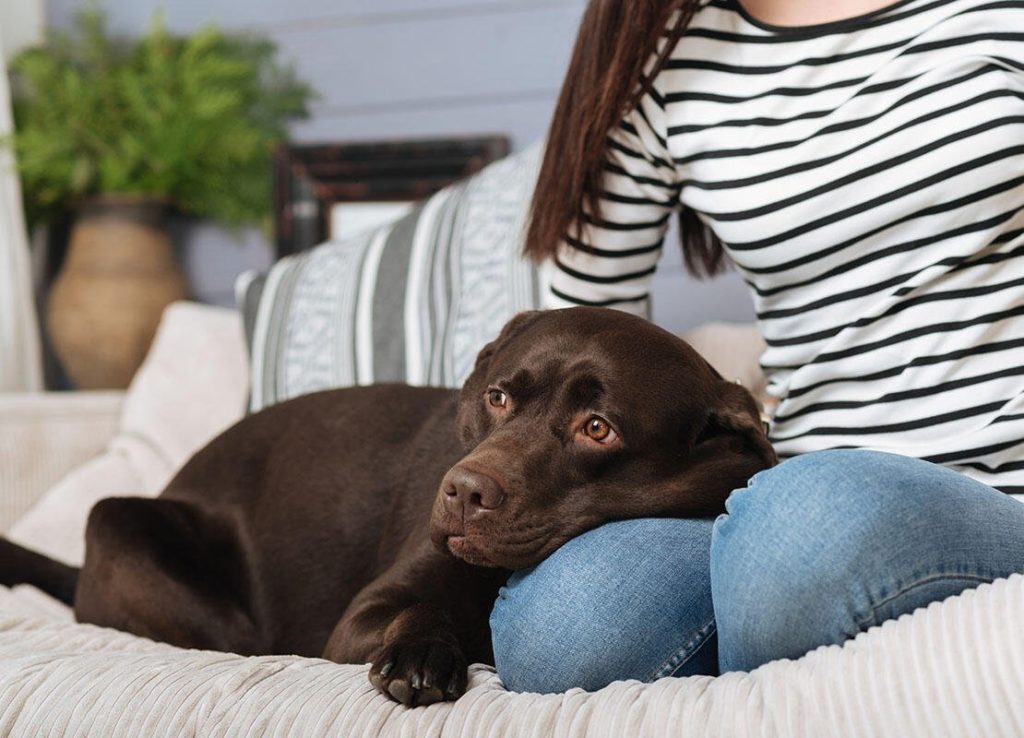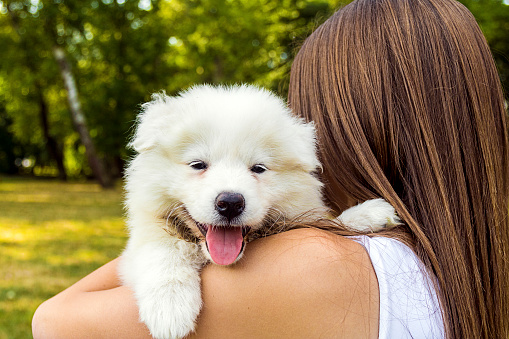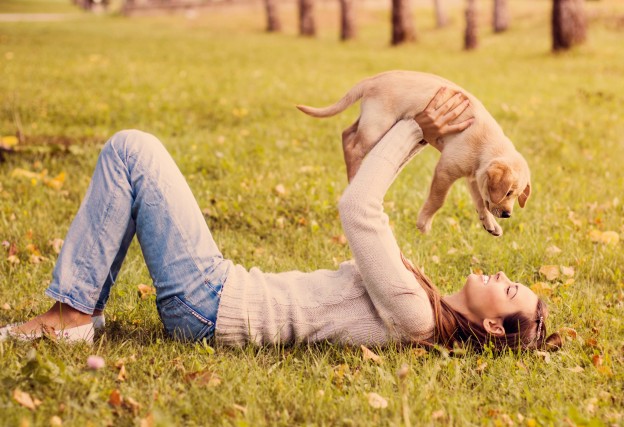Septic shock is a life-threatening infection in the body that causes severe inflammation. Untreated, it can lead to severe sepsis, which may result in multi-organ failure such as acute kidney failure. Severe sepsis may cause massive organ failure, which results in septic shock and can be fatal in cats with a high mortality rate even higher than in dogs.
Cats with weakened immune systems, very young or old cats, and those with an underlying health condition or disease are more prone to bacterial infection. Infection can lead to sepsis (bacteria in the bloodstream) and progression to septic shock (a life-threatening emergency).
When a cat becomes infected with bacteria, the body reacts by releasing white blood cells to attack and kill the bacteria. The cat’s immune system then sends out chemicals called cytokines that trigger inflammation in an attempt to destroy the pathogen (bacteria). If the infection is not successfully treated, this inflammatory response can become excessive and life-threatening.
Exposure to substances and toxins in the blood can cause harm to vital organs, including the kidneys and brain. Blood vessels dilate, lowering overall blood pressure and reducing blood flow to these organs. The heart increases output to compensate but eventually weakens from the extra strain. This further reduces blood flow and oxygenation of tissues leading to organ damage from lack of oxygen
Animals can be predisposed to bacterial infection because of their genetics. Their organs can become compromised or they may have an illness that makes them more susceptible to bacterial infection. This greatly complicates the progression from infection to sepsis, which is when the body’s immune system becomes overwhelmed and unable to fight off the illness later leads to septic shock.
The diagnosis of septic shock is not always easy. Initial blood tests may not show high levels of bacteria in the blood, and cultures of tissues and fluids to determine the presence of bacteria take time to develop. Your veterinarian may start treatment prior to a confirmed diagnosis of septic shock.
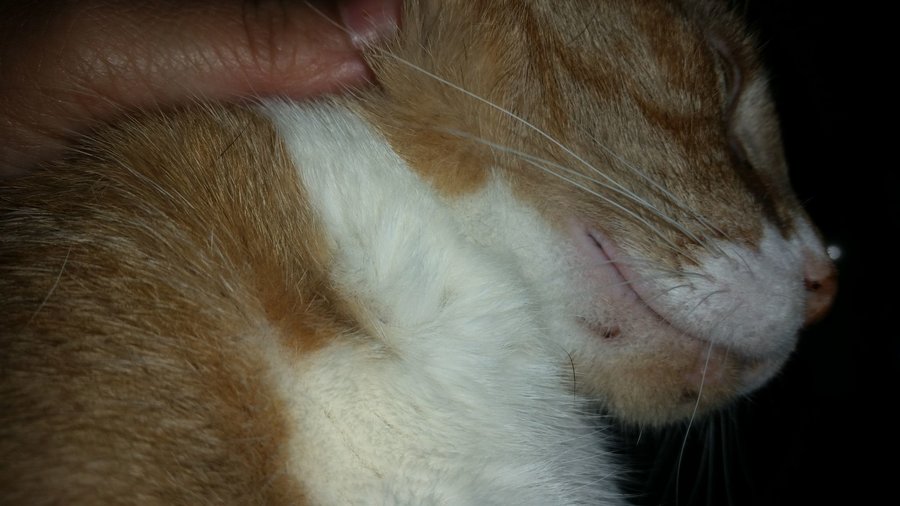
Sepsis can be diagnosed by looking at indicators in blood samples of abnormal levels of white blood cells, decreased oxygen levels, decreased platelets, increased lactic acid, and increased metabolic waste products. Fluid samples from tissues can also indicate bacteria cultures.
Causes of Septic Shock
Septic shock is a serious condition that occurs when the body’s response to infection causes blood pressure to drop and vital organs such as the heart and kidneys to fail. Septic shock can be caused by bacterial infections, urinary tract infections, pneumonia, meningitis, or other types of bacterial infections. These can also cause septic shock: gastrointestinal disease, liver abscesses
Symptoms of septic shock
if a cat is experiencing septic shock, it may display the following symptoms:
*Poor Appetite * Anorexia * Hiding *Vomiting
*Drooling *Pale gums *Dehydration *Increased respiratory rate
*Difficulty breathing *Abdominal pain *Diarrhea *Straining *Collapse
*Excessive licking *Bad odour *Vaginal discharge *Fever *Death
Treatment of Septic Shock in Cat
Septic shock is a life-threatening condition that requires immediate medical attention. If your cat has septic shock, it will be hospitalized and given IV fluids to increase blood pressure and medication to ensure adequate blood flow to vital organs. Oxygen will also be administered to your cat in an effort to increase the oxygenation of tissues and organs. Antibiotics will be started immediately. The type of antibiotic will depend on the type and location of infection and which antibiotics are available. If this information is not available, treatment with a broader spectrum antibiotic is always indicated in an emergency situation such as this when the results are not yet known. Surgery may be required to remove infected, dead tissue. A blood transfusion will be administered as needed. Septic shock is an urgent life-threatening condition with a guarded prognosis despite treatment. Fatality is a real possibility in spite of treatment.
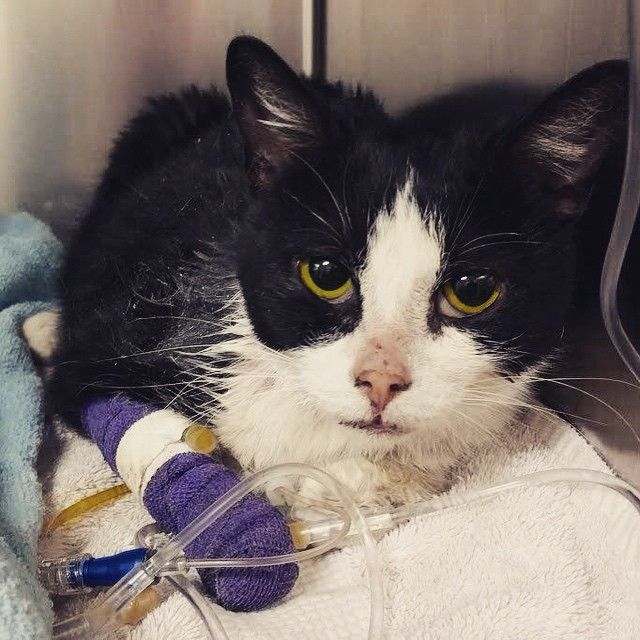
Septic shock is a medical condition that comes about when the body’s immune system reacts to an infection. Prognosis and recovery depend on whether or not the underlying cause of septic shock can be successfully treated. Intensive follow-up intravenous treatment and specialized diet will be needed to ensure a return to normal blood chemistry. Additional treatment for respiratory and others may be required. Tests will be done to check blood, urine, and organ function until the body is functioning normally. Depending on the treatment, pain management may also be needed.


